The New York metropolitan region is “struggling under the weight of its own success,” and the best answer to its rising home prices and heavy traffic is to build housing units, and plenty of them, in mixed-use developments near train stations.
That”™s the recommendation of the Regional Plan Association in a report released Nov. 14 titled “Untapped Potential.” The research and advocacy group makes a number of recommendations that it said could help add more than 250,000 housing units over the next 20 years at train stations throughout New York City”™s suburbs, particularly by targeting unnecessary parking lots at the stations.
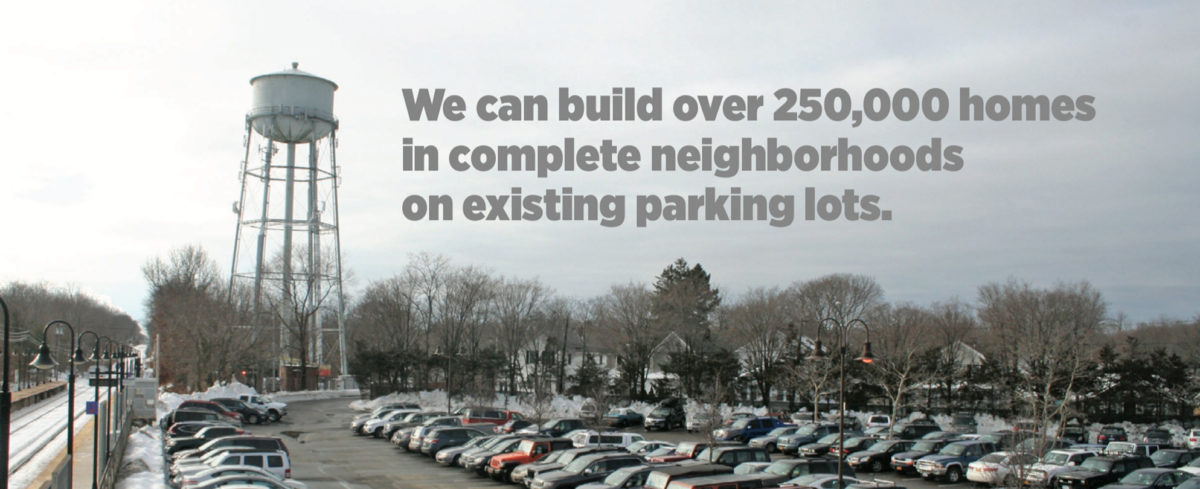
Tom Wright, president of the Regional Plan Association, characterized the region as a victim of its own success in a statement released with the report. He said “now is the time to consider our suburban planning holistically ”” and fully commit to a transit-oriented development strategy throughout the region.”
The focus on transit-oriented development is unlikely to surprise anyone who follows the real estate markets in Westchester and Fairfield counties. Municipal leaders in both counties have focused in recent years on drawing mixed-use apartment buildings to the streets surrounding train stations. It”™s a type of development that, the report states, helps create compact, environmentally friendly neighborhoods with increased job opportunities.
And if local officials and developers ensure the new housing units target people at all income levels, the RPA report said, transit-oriented development can provide desirable living options for people of all incomes.
It offers a comprehensive look at how some municipalities in the region are more open to multifamily development around their transit centers than others. The report found that more than 60 percent of municipalities close to regional rail stations in the Hudson Valley, New Jersey, Connecticut and Long Island have zoning codes that limit multifamily housing, and more than 25 percent allow only single-family development.
In Westchester, the cities of White Plains, New Rochelle and Yonkers and the villages of Ossining, Mamaroneck and Port Chester received the RPA”™s top score for zoning that allowed transit-oriented multifamily development. Meanwhile, towns such as Bedford (Katonah station) and Lewisboro (Goldens Bridge station) and the village of Irvington (Ardsley-on-Hudson station) received a score of zero for having no multifamily zoning within a half-mile of the Metro-North stops.
In Fairfield County, towns such as Fairfield and Danbury and the cities of Stamford and Bridgeport received top scores, while towns such as Westport (Green”™s Farms station) and Ridgefield (Branchville station) received scores of zero.
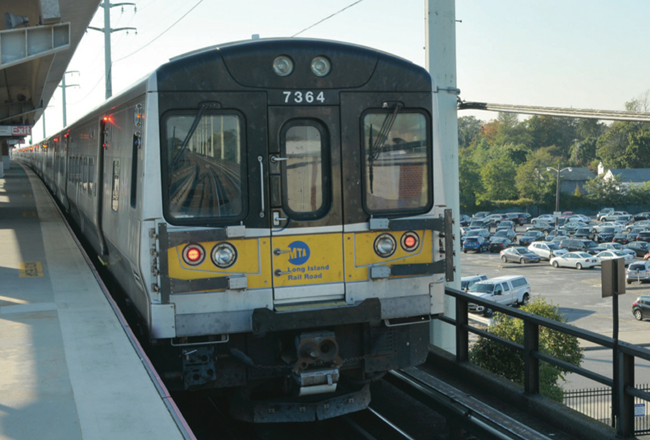 The report acknowledges that not all train stations are set up for multifamily development. Of the 328 transit stations in the region that the RPA studied, 264 had the proper sewage capacity to handle the demands of mixed-use apartment buildings. But more than half of those stations, 140, have zoning that prohibits anything beyond low-density multifamily housing.
The report acknowledges that not all train stations are set up for multifamily development. Of the 328 transit stations in the region that the RPA studied, 264 had the proper sewage capacity to handle the demands of mixed-use apartment buildings. But more than half of those stations, 140, have zoning that prohibits anything beyond low-density multifamily housing.
In Westchester, there are five such stations with the sewage capacity for multifamily development near train stations but no supportive zoning. Fairfield County had three. Nassau County on Long Island had the most of the 17 counties in the three-state region, with 16.
On average, the report found that wealthier and whiter municipalities were more likely to having zoning unfriendly to multifamily housing and transit-oriented development.
Moses Gates, director of community planning and design for the RPA, described the correlation as a “legacy of an earlier time, when there was a lot of exclusionary zoning that in a lot of places is still in place and needs to be changed in order to move forward.”
Zoning can prevent transit-oriented development through measures beyond simply outlawing multifamily buildings as a whole. Other zoning barriers include limits on building height or density, outlawing ground-floor retail in residential buildings or requiring an excessive amount of parking.
The report”™s recommendations set a roadmap for transitioning New York”™s suburban communities into a future with autonomous cars and denser development. That future means fewer parking spaces are required around train stations, allowing the space to instead be utilized to build mixed-use developments throughout the region that would add thousands of new apartment units.
While the idea of doing away with parking lots may draw the ire of anyone who has ever searched for a midweek spot at a Metro-North stop, the RPA argues that within 20 to 30 years the majority of car trips will be made in shared and autonomous vehicles.
Autonomous vehicles, Gates said, “aren”™t going to park and wait for the 6:15 train back from Manhattan. They don”™t need to. So increasingly the parking that was built for an older, suburban, auto-oriented environment is not relevant to today or the future. You”™re just going to have a lot of unused asphalt, which isn”™t doing anyone any good.”
The report recommends that states tie infrastructure-funding grants to a municipality”™s willingness to adopt zoning laws that allow multifamily development in
appropriate areas.
The RPA also calls on New York to adopt a similar statewide inclusionary housing requirement to those of Connecticut and New Jersey. Both states require municipalities provide affordable housing opportunities, which allows the states to override local zoning requirements if a proposed development provides affordable housing in an area not meeting its obligations.
“Untapped Potential” is the latest in a number of studies from the RPA that will form the recommendations of the organization”™s Fourth Regional Plan, a report that will set a long-term vision and recommendations for New York City and its suburbs. The full report will be released on Nov. 30.
Gates said the most recent transit-oriented development report is about “encouraging municipalities to plan for this future and to put in place the zoning and policies proactively to take advantage of this.”








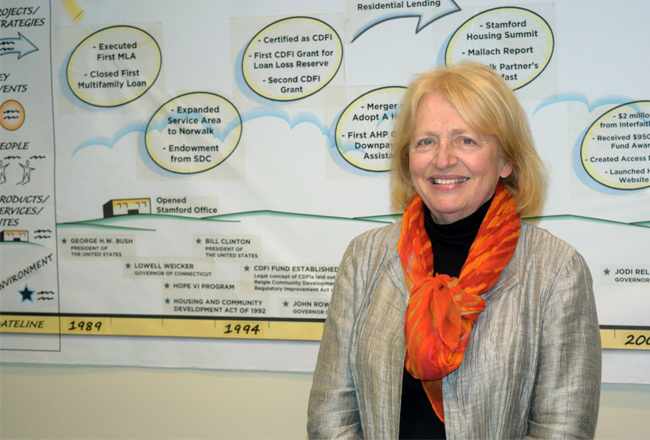
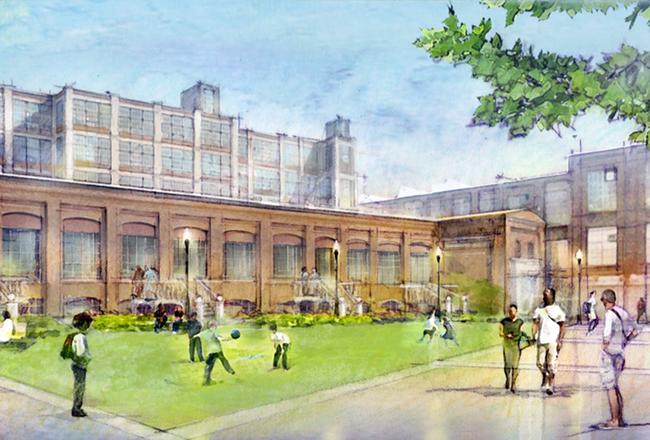

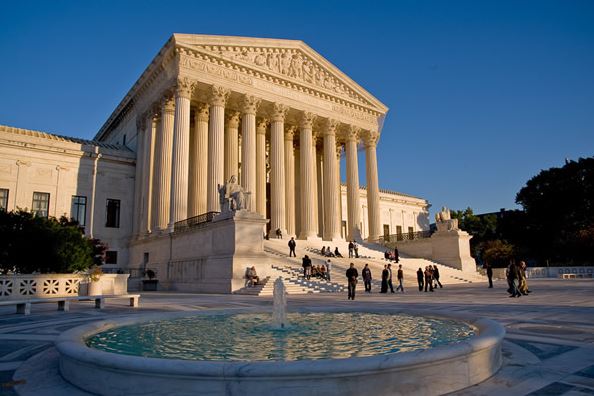










The biggest problem that not one developer will actually admit to is that people in all parts of Westchester County DO drive cars and NEED parking spaces at Train Stations and other areas. A real proper parking study needs to be conducted by the Town/City not the developer. There is already NOT enough parking in Mount Vernon, Bronxville, Tuckahoe, Crestwood, Yonkers etc. And thats a FACT !